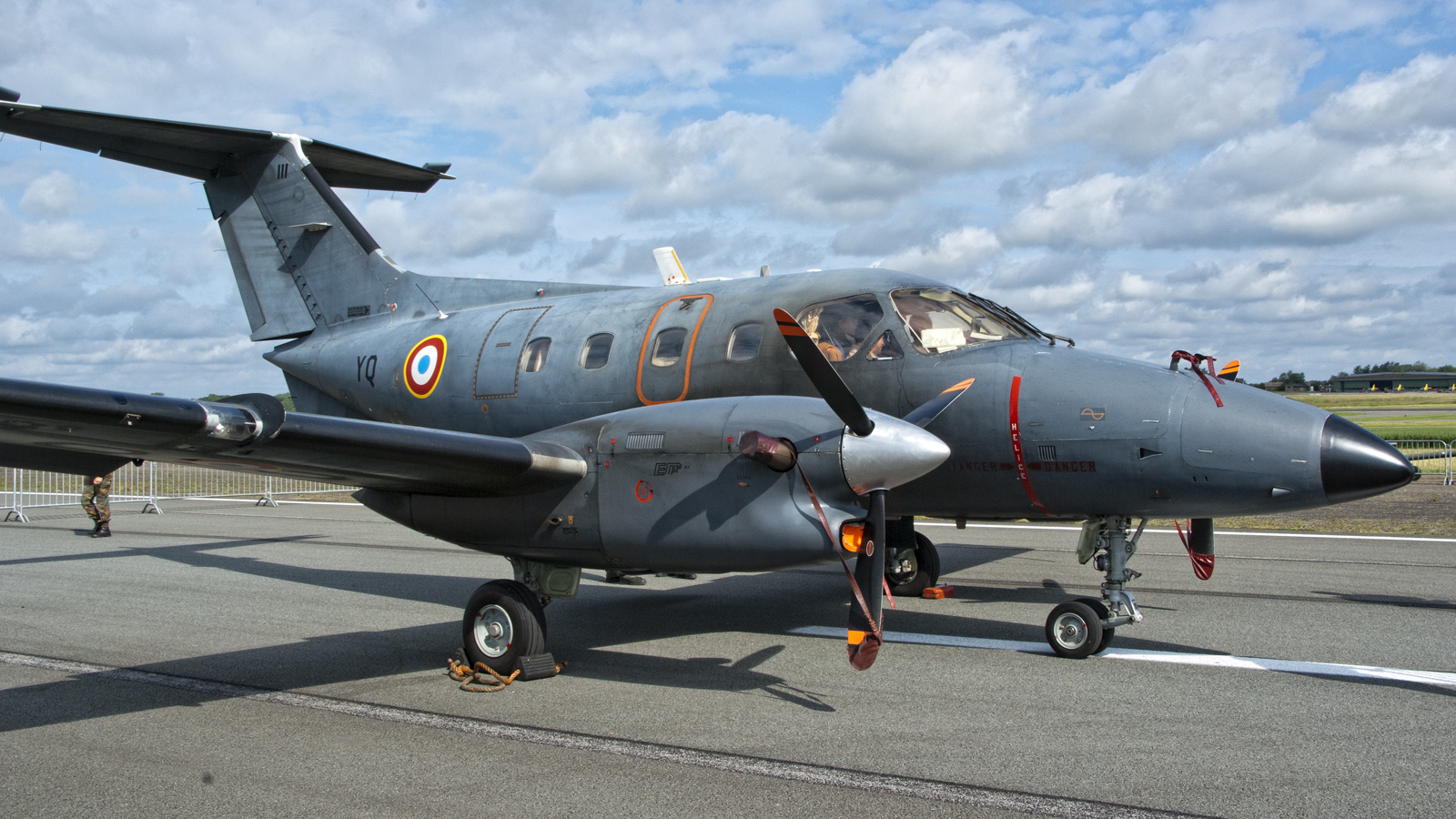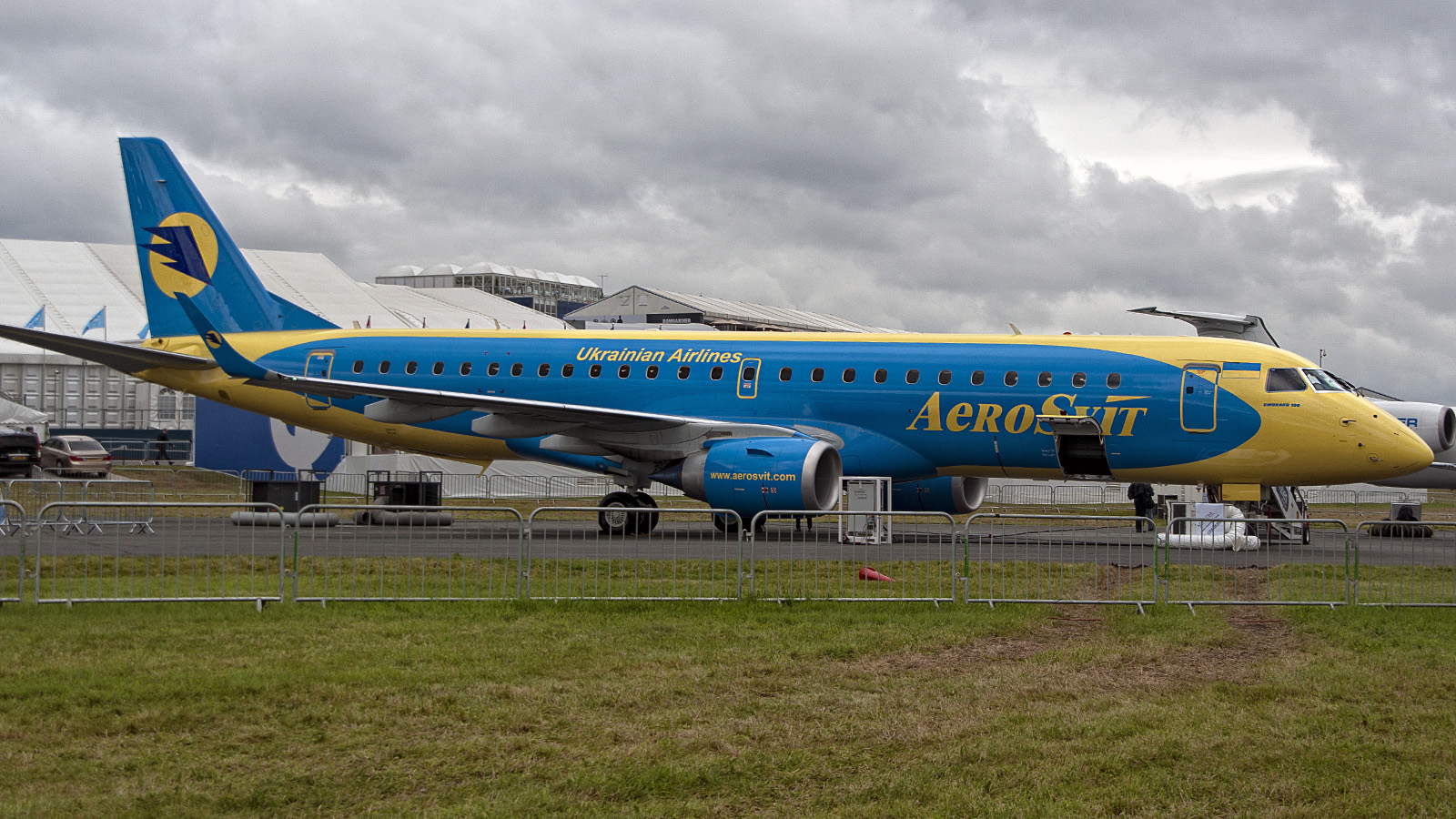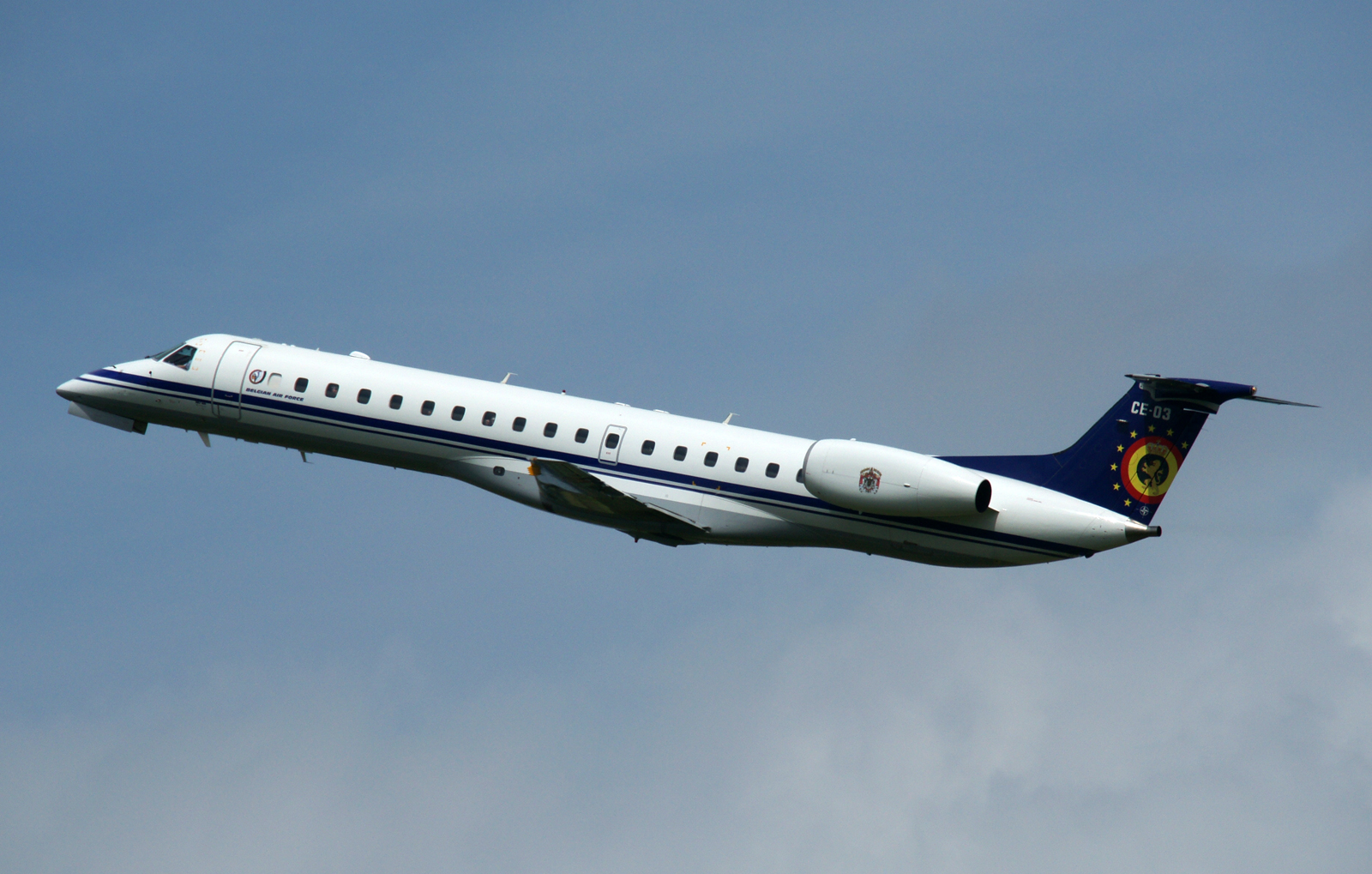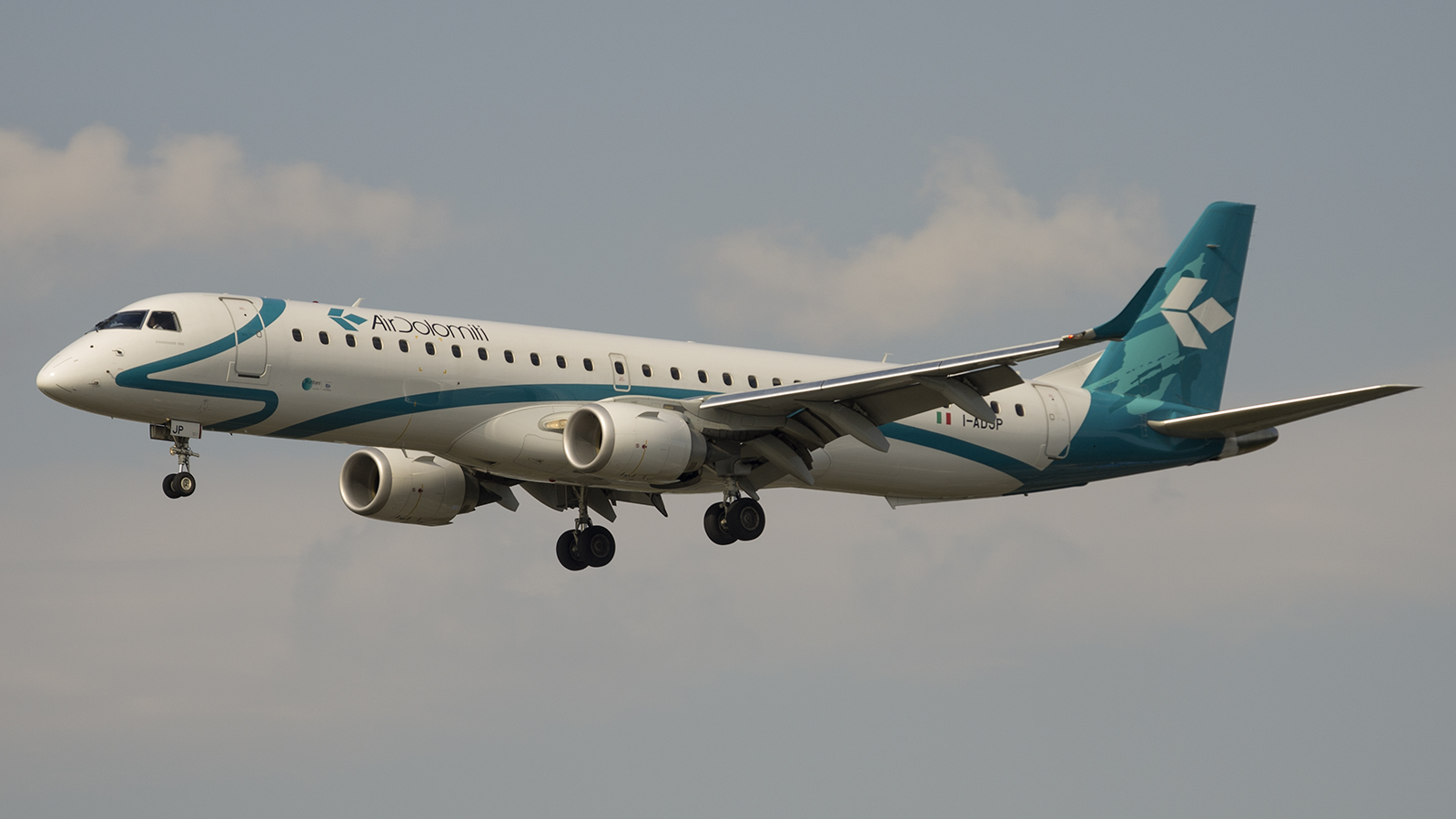
| Role | Civil utility aircraft |
|---|---|
| Manufacturer | Embraer |
| First flight | 22 October 1976 |
| Introduction | 20 May 1977 |
| Status | Active |
| Prototype | PP-ZXI |
| Produced | 1977-1987 |
| Number built | 106 |
The EMB 121 Xingu, named after a Brazilian indigenous tribe and a river in the Amazon, was
developed on the Bandeirante platform. It was designed for the executive transportation market
and had a capacity for up to eight passengers, and was the first pressurized aircraft built in
Brazil. The pressurization allowed the airplane to fly at an altitude of 28,000 feet (8,534
meters), above cloud formations and most atmospheric disturbances, while maintaining an
internal pressure equivalent to 8,000 feet (2,438 meters), thus ensuring passenger comfort.
Although the structure of the airplane was based on that of the Bandeirante, it received more
powerful engines. Another innovation was the Xingus T-shaped tail, where the horizontal
stabilizer was placed at the top of the vertical fin. In this way, the wash of the propellers did not
affect the horizontal stabilizer, ensuring a lower vibration and noise level.
The first prototype of the Xingu, tail number PP-ZXI, took its first flight on October 22, 1976,
before it had become pressurized. The official presentation of the aircraft took place at
Embraer, on December 4, that same year. In May 1977, the Xingu successfully flew with the
pressurization system in operation.
The first customer was the Brazilian Air Force (Forca Aerea Brasileira FAB), to serve with
the Special Transportation Group (Grupo de Transporte Especial? GTE), headquartered in
Brasilia. The prototype of the Xingu was the first Brazilian-made airplane to cross the
Atlantic, together with a Bandeirante, in the colors of Frances Air Littoral, on May 26, 1977.
The Xingu was certified in 1979, and enjoyed excellent acceptance on the international
market. In France, for example, the aircraft has been used to train pilots, since 1983, and the
French Air Force has decided to extend its operational life to 2025, by modernizing the
electronic systems. This will keep the Xingu aircraft in operation for 42 consecutive years,
which is a rarity in the industry.
Variants
- EMB 121A Xingu I: Pratt & Whitney Canada PT6A-28
- EMB 121A1 Xingu II: Pratt & Whitney Canada PT6A-135
- EMB 121V Xingu III: Pratt & Whitney Canada PT6A-42
- EMB 123 Tapajas: planned version with Pratt & Whitney Canada PT6A-45
- VU-9: Brazilian Air Force version.

Military Operators
- Brazil
- Brazilian Air Force
- France
- French Air Force
- French Navy
General characteristics
- Crew: Two
- Capacity: 8 or 9 passengers
- Length: 12.25 m (40 ft 2 in)
- Wingspan: 14.05 m (46 ft 1 in)
- Height: 4.84 m (15 ft 10 in)
- Wing area: 27.50 sq m (296.0 sq ft)
- Empty weight: 3,500 kg (7,716 lb)
- Max takeoff weight: 5,670 kg (12,500 lb)
- Powerplant: 2 x Pratt & Whitney Canada PT6A-135 turboprop engines, 560 kW (750 shp) each
Performance
- Maximum speed: 466 km/h (252 knots, 290 mph)
- Cruise speed: 380 km/h (205 knots, 236 mph)
- Stall speed: 141 km/h (76 knots, 87 mph)
- Range: 2,278 km (1,230 nm, 1,415 mi)
- Service ceiling: 8,535 m (28,000 ft)
- Rate of climb: 9.1 m/s (1,800 ft/min)



Be the first to comment